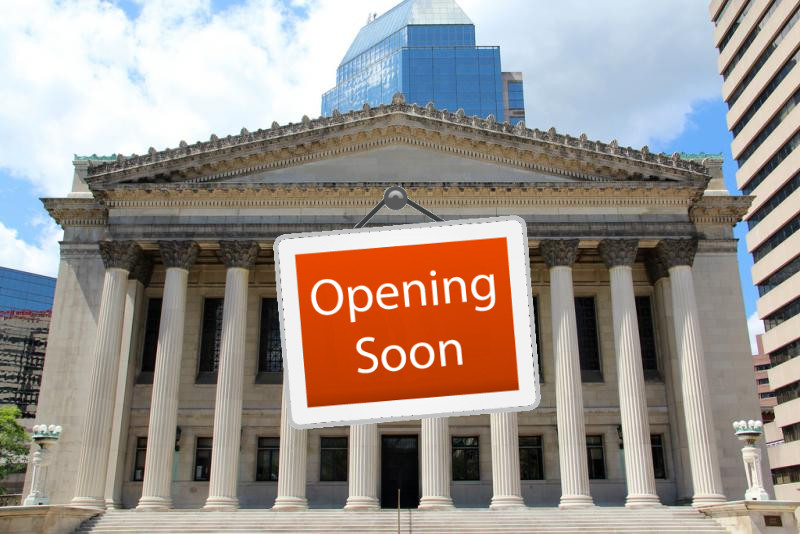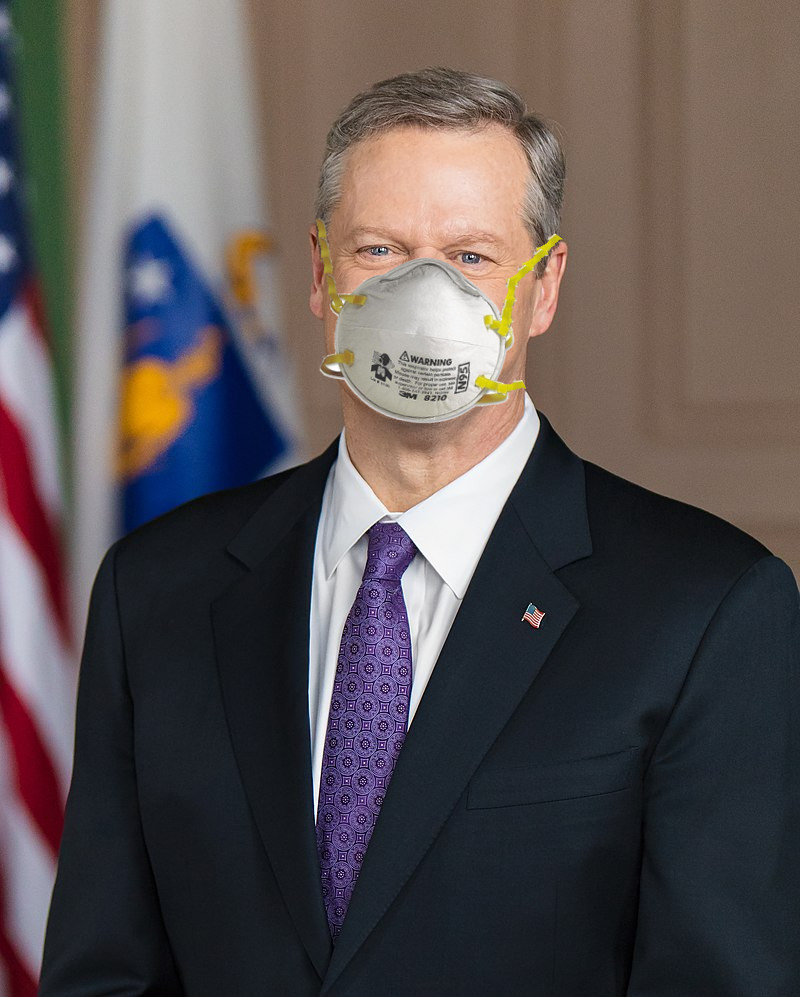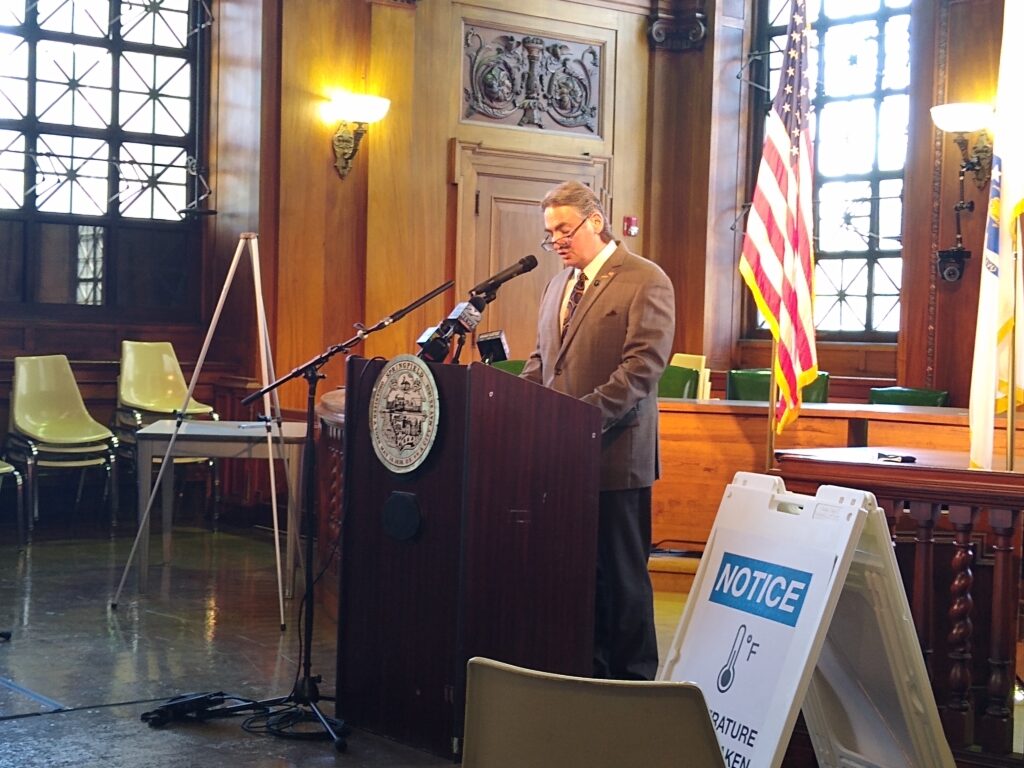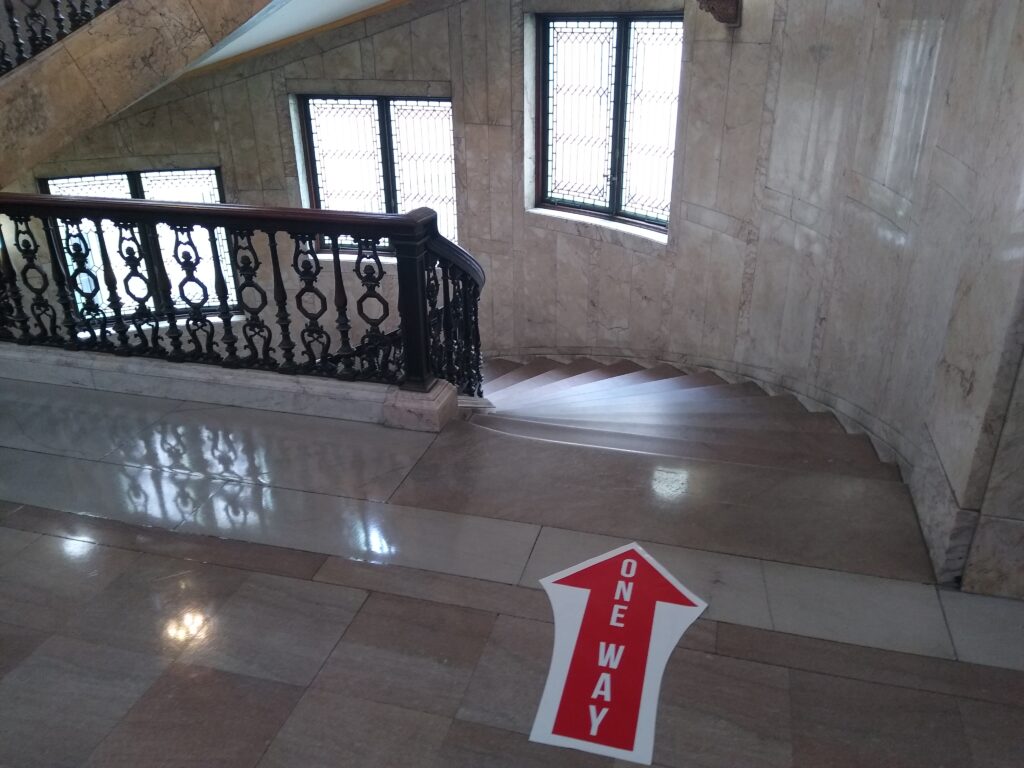Analysis: Springfield’s Reopening Centers on the Public, Not the Private…
UPDATED 5/26/20 4:17PM: To include addition comment from labor and city officials.

Come on in…but by appointment…and not through this door… (created via Google Image Search & NEPR/Creative Commons)
SPRINGFIELD—With Governor Charlie Baker’s green light, city officials have announced how services will slowly but surely return to normal as the COVID-19 surge subsides. Restrictions and distancing measures will change how residents interact with city departments for both the short and medium terms. This, and not further regulating other businesses’ openings, appears to be the city’s main concern.
This is not to say the city will not enforce the state rules. It will. But unlike some communities, Springfield is not in a rush to lay down additional rules, procedures or provisos as the state reopening plan is implemented. When Mayor Domenic Sarno announced the reopening plan last week, set to begin May 27, it consisted almost entirely of plans related to the delivery of city services during a pandemic.
There are practical reasons for this.
As a poor city likely to be battered by state aid cuts prompted by plunging state revenues, Springfield is less able to design, impose and implement restrictions beyond the state’s unless absolutely necessary. This mirrors much of Springfield’s behavior during the pandemic, instituting closings more of less in line with the governor’s.
The city had stepped out before, earlier in the crisis, when it urged if not outright closed personal services business—barbers, salons, tattoo parlors—before the state did. Enacted almost concurrently to Chicopee and Holyoke, this move undoubtedly saved lives or at least curtailed spread relative to other Massachusetts cities.
Nevertheless, much of the city’s reopening plan for itself echoes recommendations Baker has put forward generally. Beyond reopening its own facilities, the city’s function is to implement state guidelines, such as the mask order.
Speaking to the state rules, Jeff Jones, the president of the Western Mass Area Labor Federation, said those proposed may not be enough. He pointed to a survey from the UMass Labor Center that found workers cannot maintain distance, lack training for the virus and lack equipment and proper handwashing regimens.
“As for specific regulations for private sector businesses, I have read in the city statements, discussion of physical distancing but not head counts within buildings,” Jones emailed. He worried that without enough enforcement and testing a second wave could become more likely.
In terms of reopening city services, the expansion from state regulations is a matter of details. However, Springfield’s plan explicitly reserves the right to restrict again if containment deteriorates.
The main city buildings—City Hall, the annex in the old district court building and Tapley Street—will have single points of access. City Hall’s will be at the rear. Visitors will be required to have appointments already scheduled for staff at the door to confirm. People with business with city agencies may begin making appointments Tuesday May 26.
“The contact information is not only vital for being respectful to you and your time, but necessary for contact tracing purposes,” Sarno said.
As is the case now, all visitors have their temperature taken with entry refused to anybody registering above 100.3 degrees.
Already City Hall’s hall are bedecked with arrows and footpads to encourage social distancing. Plexiglass will go up several offices to limit spread where public interface happens.
Elsewhere, the city is opening parks, but not all facilities therein. The Forest Park Zoo, which the city does not operate, will reopen too. Golf courses have reopened l and concessions will be available. The mayor did reveal that he did not expect any summer school to occur in-person.
Ultimately, for better or for worse, Sarno wants to get things rolling again, too, if without the cavalier attitude some states and 1600 Pennsylvania Avenue have displayed.

His Excellency will likely have the last word on Springfield’s private sector openings absent a surge in local COVID-19 cases. (created via wikipedia & Google image searches)
Sarno’s only statement about private sector openings was a desire to them open. He announced no additional limits on office workers, retail or restaurants. The city has been mulling whether to make streets available for outdoor dining. Table service at restaurants will likely not happen before June 8. Whenever dine-in service gets Baker’s okay, it is not clear if the initially permissible dining will be outdoors or if he will allow some indoor dining, too.
Finally, Sarno’s focus on city agencies is not entirely surprising either. The mayor has never had a spectacular relationship with the city’s unionized workforce. Yet he has emphasized what he has said are efforts to keep them safe now. Indeed, infections among city employees, particularly those with a high degree of public exposure, have been minimal.
Still, labor leaders have concerns. The United Food & Commercial Workers, Local 1459, represents city public works and some school employees. Jones, also a 1459 vice-president, urged Springfield to give municipal workers hazard pay backdating to the beginning of the crisis.
“City workers are front line workers and should be compensated,” he wrote in an email. The overarching problem was an ongoing shortage of personal protective equipment (PPE) and testing materials. Given that the feds were “dragging their heels,” he said labor leaders wanted to see local and state officials to ramp up their own mandates to produce more PPE and testing supplies.
If the low figures Springfield has put forward are correct, the city’s efforts to safeguard its workforce—at least at work—have been effective. The reopening procedures reflect a desire to continuing doing that.
Again, some of that mirrors the governor’s order. Libraries, for example, will not open to patrons to freely browse for some time. Once Phase I and up and running, patrons can call for materials and scheduled a time for pick up.
In Phase II, there could be express services in Library buildings by appointment. Wider use will not come until Phase III. If the city follows the rough outlines of his Excellency’s plan and does not set a longer timeline, freer access will not come until late June or even early July.
Other elements of the city’s reopening must follow state rules. For example, city pools will not open until Phases II or III.
There are reasons that points to another reason why Springfield may not need additional precautions. Springfield accounts for more than a third of Hampden County’s COVID-19 cases (roughly its share of county population). However, the virus did not hit Western Mass cities nearly as hard as it struck Eastern ones. Despite density and poverty on scales similar, Springfield’s positives cases are per capita much lower than Chelsea or Brockton.
That said, city officials will consider additional restrictions across the board if hospitalizations rise too much or a “substantial spike in cases.
“Those are the two factors that have us talk about ‘do we pause?’” said Springfield Health & Human Services Commissioner Helen Caulton-Harris. She was hopeful the city could avoid that, though.
The full extent of testing capacity in Western Massachusetts remains unclear, though. Although are hospitals have made leaps and bounds to diagnose COVID-19 locally—including establishing several testing sites citywide—there is no comprehensive data on how much testing is occurring in Springfield or the 413 more broadly.
Given these areas’ relative remove from Greater Boston and proximity to opening Connecticut, a clearer picture of the local testing scene would be reassuring.

